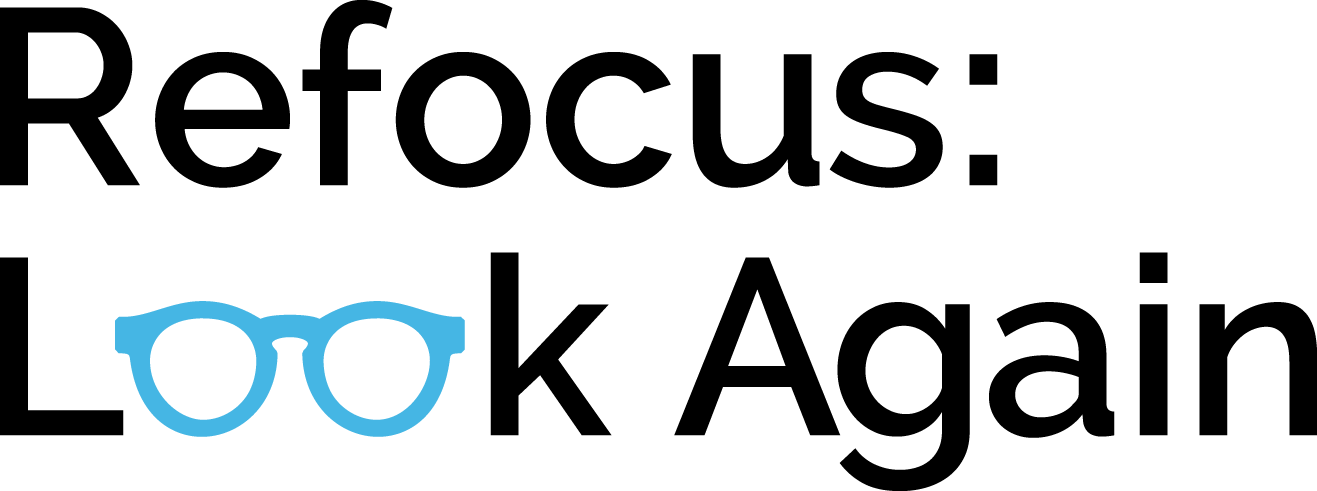"The stigma surrounding drug abuse makes it harder for people to open up about their issues. Consequently, those suffering from the illness often feel shame and struggle to find help."
These five apps are designed to increase addiction support services accessibility and break down barriers to care.











